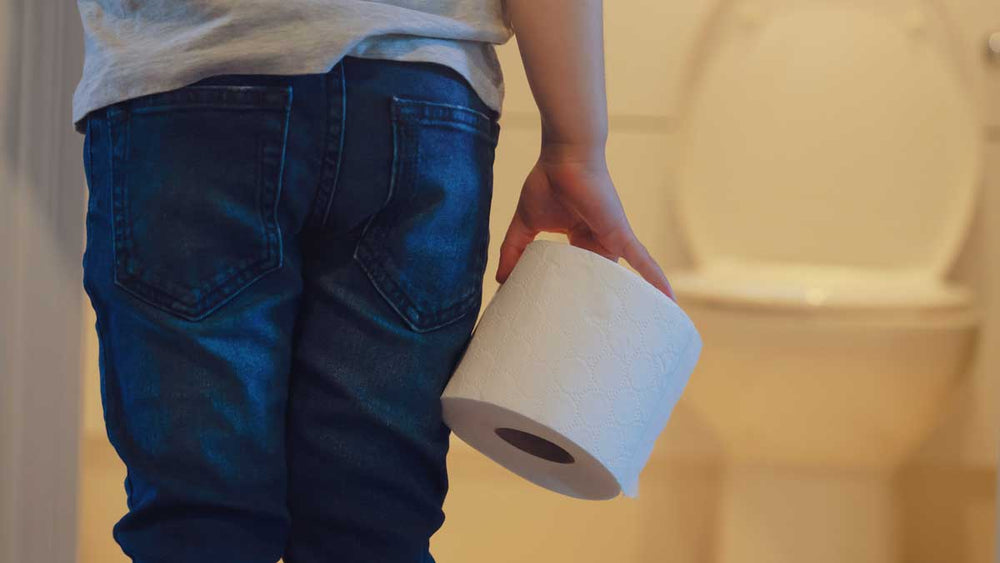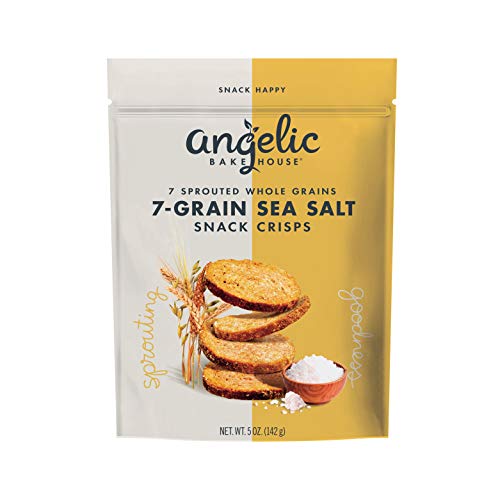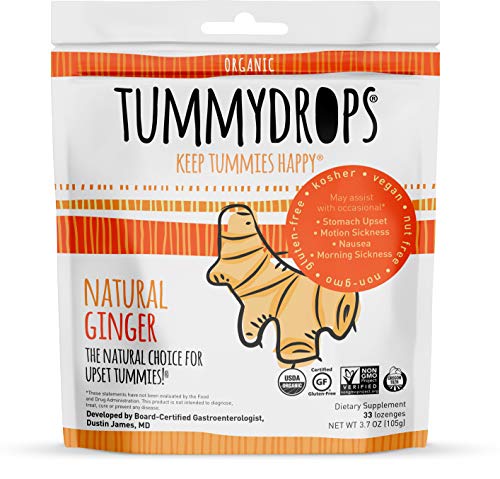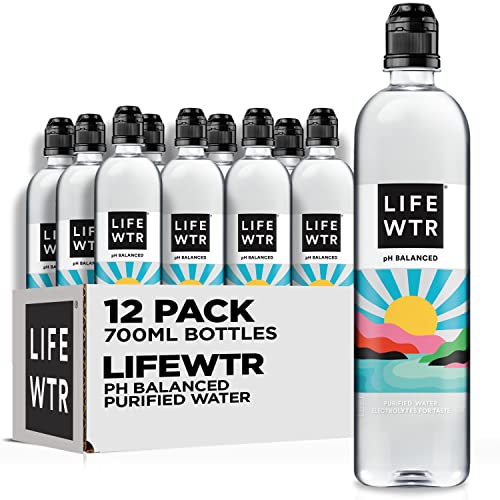If you are a parent, I am sure you have dealt with diarrhea in your child at least once in your parenting role.
Globally, diarrheal diseases are a serious public health concern, accounting for nearly 2,200 deaths per day in children under 5. Most of these deaths are related to poor sanitation, unsafe water conditions, and inadequate hygiene. According to the Centers for Disease Control and Prevention, the rotavirus accounts for 40% of all diarrhea-related hospitalizations in children under 5. In the United States, statistics show that chronic diarrhea is less than 0.2 episodes per child/year, but children in social settings such as daycares and schools may be at a higher risk of contracting diarrhea.
Let’s define diarrhea.
First, knowing your child’s bowel movements at baseline is important. A change in consistency and frequency can be one way to gauge diarrhea. Another helpful tool is the Bristol stool chart. Type 6 and type 7 stools are classified as diarrhea. Chronic diarrhea is diarrhea that lasts longer than four weeks.

What can generally cause my child to have diarrhea?
- Lactose intolerance
- Bacterial or viral infections
- Irritable Bowel Syndrome (IBS)
- Post-infectious IBS (PI-IBS)
- Parasites
- Inflammatory bowel disease (IBD)
- Antibiotic use
- Certain medication use
- Fat malabsorption
- Small intestinal bacterial overgrowth (SIBO)
- Celiac disease
What tips can I use to help treat and manage my child’s diarrhea?
As long as the diarrhea is not associated with vomiting and your child does not appear to be dehydrated, your child likely does not need a change in diet or added electrolytes.
If your child has diarrhea paired with vomiting, it may be a good idea to focus on fluids with electrolytes while vomiting. Once the vomiting stops, you may slowly return your child to a regular diet. It may be helpful to start with a bland diet to help with the tolerance of foods.
What are signs that my child may be dehydrated?
Signs of dehydration include urinating less than normal (no wet diapers for 3 hours or more), dry mouth, no tears when crying, sunken eyes or cheeks, dark-colored urine, and complaining of thirst.
How do I know if I am giving my child enough fluid while they are having diarrhea?
If your child is experiencing diarrhea without vomiting and can keep liquids down, the following is recommended:
For babies: 2-4 oz of oral rehydration solution after every large bowel movement
For children > 1 year old: 4-8 oz of oral rehydration solution after every large bowel movement
What is an oral rehydration solution (ORS)?
ORS is designed to replace water and electrolytes during diarrhea. They are used to prevent dehydration, rehydrate, and maintain hydration status. You can make your own at home if you choose not to rely on pre-made drinks like Pedialyte or Gatorade. ESPGHAN has recommendations for the composition of ORS, which includes a carbohydrate (glucose) + sodium + potassium. As a side note, many think magnesium should also be included.
Here are some examples of homemade oral rehydration solutions:
- 3 cups cranberry juice, 3 & 1/4 cup water, 3/4 tsp salt
- 1/2 cup Grape Juice, 3 & 1/2 cups water, 1/2 tsp salt
- 1 cup Apple juice, 3 cups water, 1/2 tsp salt
This is not medical advice; as always, listen to your parental gut. Advocate for your child’s needs and contact your medical provider if you have any additional questions.
- Centers for Disease Control and Prevention. (2022, October 28). Global water, sanitation, & Hygiene (WASH). Centers for Disease Control and Prevention. Retrieved January 3, 2023.
- Mayo Foundation for Medical Education and Research. (2021, April 28). Rotavirus. Mayo Clinic. Retrieved January 3, 2023.
- Shine, S., Muhamud, S., Adanew, S., Demelash, A., & Abate, M. (2020). Prevalence and associated factors of diarrhea among under-five children in Debre Berhan town, Ethiopia 2018: a cross sectional study. BMC infectious diseases, 20(1), 174.
- Martin, M. G., & Thiagarajah, J. R. (n.d.). Overview of the causes of chronic diarrhea in children in resource-rich countries. UpToDate. Retrieved December 18, 2022.
- Diarrhea in children: What parents need to know. HealthyChildren.org. (n.d.). Retrieved December 18, 2022.
- U.S. Department of Health and Human Services. (n.d.). Symptoms & causes of chronic diarrhea in children. National Institute of Diabetes and Digestive and Kidney Diseases. Retrieved December 18, 2022.
- Recommendations for composition of oral rehydration solutions for the children of Europe. Report of an ESPGAN Working Group. (1992). Journal of pediatric gastroenterology and nutrition, 14(1), 113–115. Retrieved December 18, 2022.
- Oral Rehydration Solution recipes. DHMC and Clinics. (n.d.). Retrieved December 18, 2022.




















Comments
Join The Conversation...